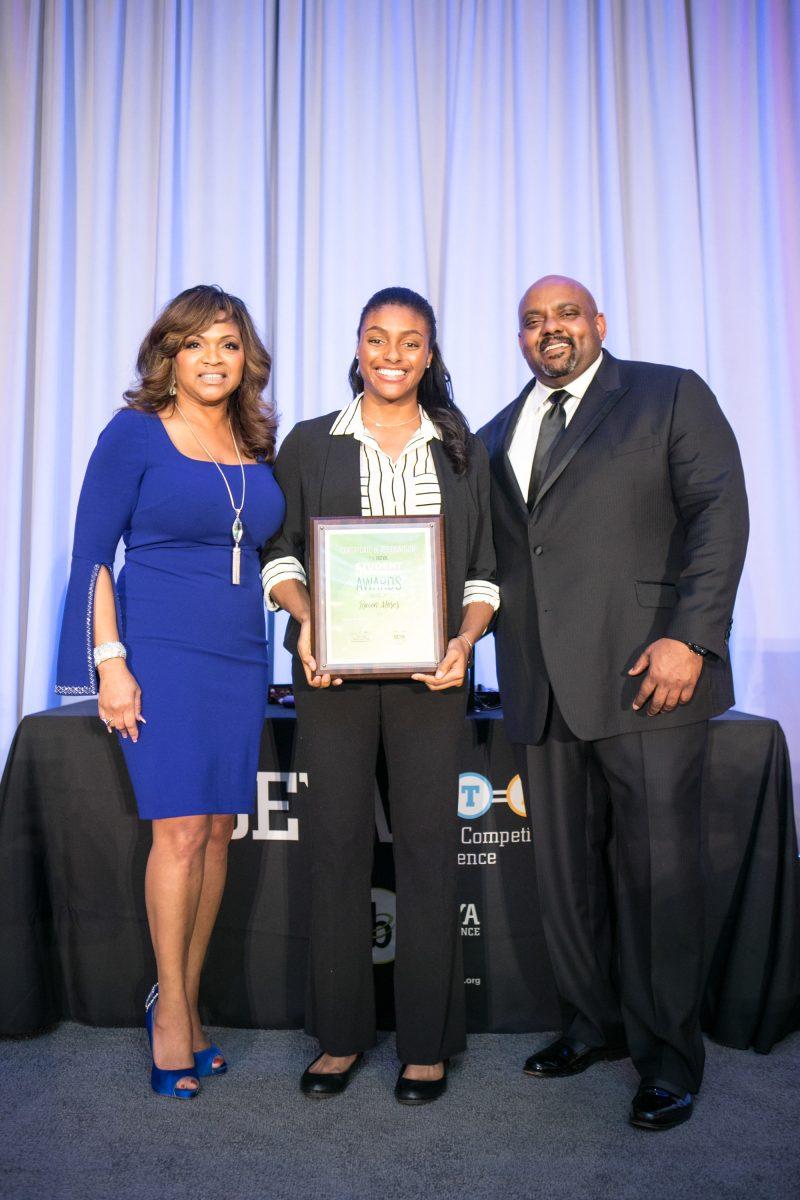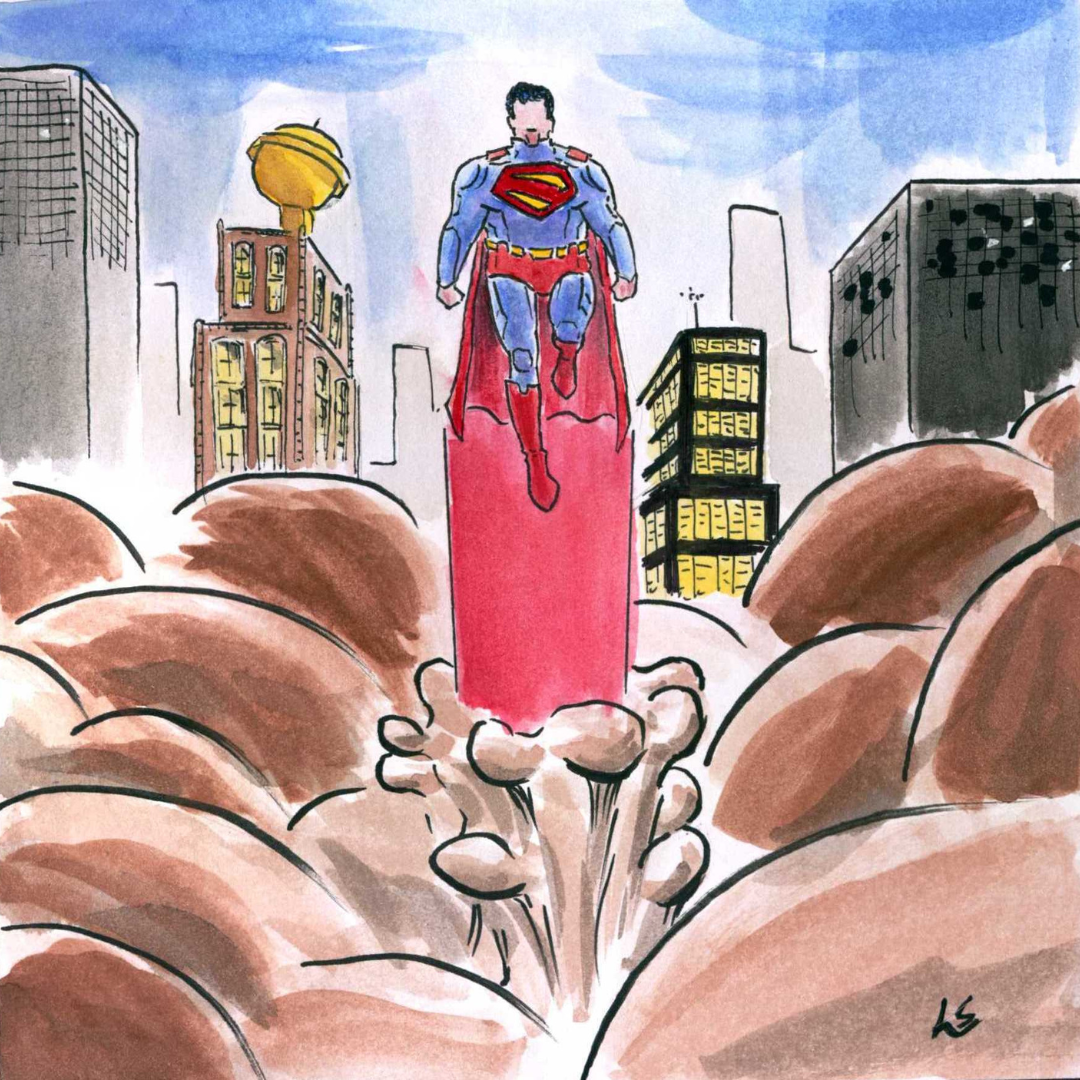Recognizing minorities in STEM fields.
When Raven Moses ’20 attended the 2018 Black Engineer of the Year Awards and STEM conference at the beginning of February, she didn’t expect to leave with an award.
Moses, an information technology (IT) major and economics minor, traveled to Washington D.C. to share her experiences about working and learning in the STEM (Science, Technology, Engineering and Math) field, with a group of diverse students and professionals from technology-related concentrations.
“I won the Leadership Community award for my involvement with the [St. Joe’s] A.I.D. (Advancement of Inclusion and Diversity) STEM club, establishing it, and finding speakers,” Moses said. “I didn’t have a teacher to help me with that, I just went out to events and networked, and they were really impressed.”
Moses said her number one goal is to spread awareness about STEM, because she feels that women and minorities in these fields are underrepresented in both high schools and colleges.
According to the National Girls Collaborative Project, women are awarded just over half of bachelor’s degrees in the biological sciences, but they receive far fewer in the computer sciences, at almost 18 percent, engineering at almost 20 percent, physical sciences at 39 percent, and mathematics at 43 percent. Women in STEM jobs, make up only 29 percent of the science and engineering workforce.
Moses developed a passion for science in high school, after she attended a youth leadership forum for science and technology.
“The activity I enjoyed the most was the one where, in a team, we had to come up with a new technology that would be beneficial for people,” Moses said. “I got to see how an idea in my mind could be developed. After my experience there and hearing about how STEM is a field that is growing, I decided that I wanted to learn more about it.”
Elaine Terry Ph.D, assistant professor in the mathematics department and A.I.D. STEM faculty advisor, said Moses showed her interest in the A.I.D. STEM organization when she stopped by her office to get help with homework assignments.
“It was during one those meetings that she told me about the organization and some of the difficulties that she encountered trying to make it a viable student led organization,” Terry said in an email.
Mary Krueger, computer science professor and Moses’ academic advisor in 2017, said she is proud of Moses’s progress.
“She is very enthusiastic about STEM opportunities, now and in the future,” Krueger said. “She seems to want to share all of this with others and open the doors she has found for others.”
Moses said she is passionate about engineering and participating in the STEM field through her club and St. Joe’s Career Development Center (CDC).
“They [CDC] know that a lot of students feel like the career fair isn’t for them,” Moses said. “So I’m trying to get the club to the point where if you can’t get information from the career fair, you can always get it from us.”
Moses said she hopes A.I.D. STEM will help educate people so they understand that fields of technology and science are welcoming to everyone, especially to women, who are underrepresented in these areas.
Krueger experienced the alienation of pursuing a career in a STEM field as a woman.
“Back in my day at Villanova, I was the only girl in many classes,” Krueger said. “I do think I had to work harder and often felt overlooked. I think this year the numbers in my beginning [computer] programming classes are 35 percent female.”
Delaney McCann ’19, a chemical biology major, said she also sees the lack of diversity of students in the science department, but she is pleased about her professors.
“My professors are all very diverse, which contributes to why it’s so intriguing to learn from people who come from all different backgrounds,” McCann said.
Terry said she sees the lack of diversity of students in the STEM fields.
“Unfortunately STEM education in the U.S. does not rank very well when compared to other countries with advanced economies,” Terry said. “To help change this, STEM education must be prioritized in the U.S. by improving K-12 education, increasing and sustaining interest in STEM among youth, improving the STEM experience at the college/university level, and by being more inclusive of students from groups that are underrepresented.”
Moses says that heading A.I.D. STEM has given her great firsthand leadership and project management experience, which is the direction she’d like her future to go. She also hopes one day that A.I.D. STEM can make it to the BEYA conference as a team.














































